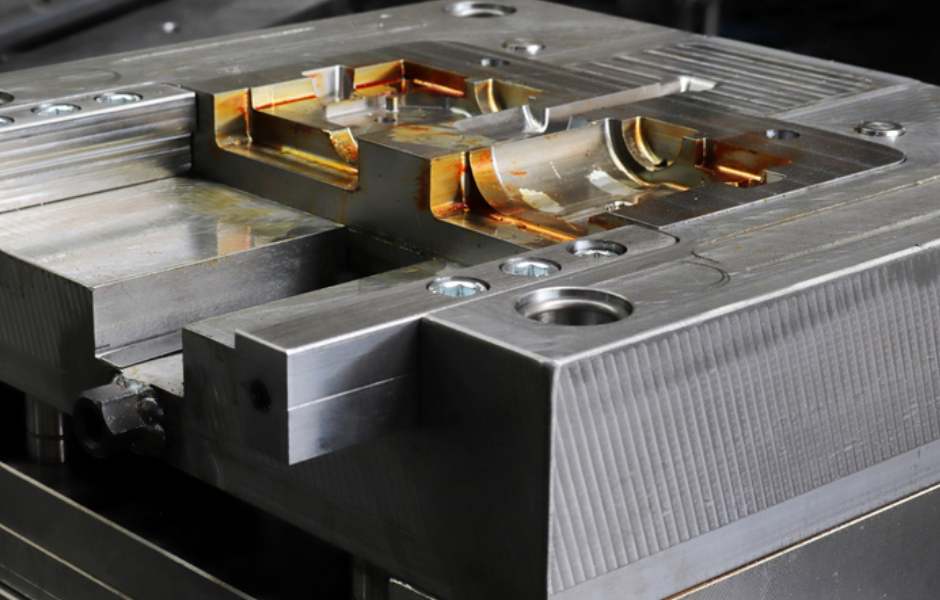Speaking of molds, from automobiles, home appliances to the information industry, it can be said that it is the foundation supporting these industries. However, the key factor affecting mold quality and performance is the mold material.
Cars have become an indispensable means of transportation in our daily life. However, do you know what material a car is made of?
The proportion of different materials in the car mass is called the material composition ratio. Automobiles are made of ordinary steel, special steel, cast iron, non-ferrous metals, plastics, and other non-metallic materials. In order to reduce fuel consumption and achieve the lightweight of automobiles, the composition ratio of aluminum and plastics is gradually increasing.
These materials are manufactured into various structural parts and components, relying on molds. The parts that make up the car are the chassis, the hood, the trunk, the door, etc., as well as the engine that provides power, the transmission that transmits the power, the tires that contact the road, the steering wheel with steering functions, as well as glass products and interior parts, etc. Although different forming methods are used in the manufacture of individual parts, almost all of them are formed by molds. Then, what materials are the parts made of and how are they formed?
The chassis and frame are mainly made of ordinary steel (low-carbon rolled steel) and, more recently, high-strength steel sheet has been used for stamping. Among the components that make up the engine, the cylinder block is made of cast iron or aluminum alloy, which are respectively cast and die-cast. The cylinder head is an aluminum die casting. Connecting rods and crankshafts are made of carbon steel and non-quenched and tempered steel by hot forging.
Gears and shafts associated with transmissions and differentials are generally machined from case-hardened steel, although cold forging is sometimes used. Constant velocity joints are forgings, and are used for cold forging, warm forging and hot forging. Automobile bumpers, headlights, instrument panels, and interior and exterior trims are produced from plastic by injection molding. And so on, all kinds of parts are formed by die to achieve mass production. Similar to cars, in our daily life, we can say that we are surrounded by home appliances and electronic products from morning to night. Especially in recent years, mobile phones, computers and TV sets, which have gradually become necessities, how are their components made?
The casing frames of mobile phone, computer, and TV components are mostly made of PC plastics such as polycarbonate by injection molding, and some parts use magnesium alloys and composite materials. Computer keyboards are also plastic products.
The liquid crystal display (light guide plate) of the mobile phone is made of acrylic plastic through a super mirror mold. As for the body of the TV, there are both aluminum alloy products formed by die casting and plastic products formed by injection molding. In addition, many of the covers, pinions and connectors installed inside the car are also plastic products.
Taking automobiles, home appliances and electronic products as an example, most of them are formed by molds, except some are processed by CNC machining. In addition, most of the production processes of the products we often come into contact with in our daily life are also inseparable from molds.


